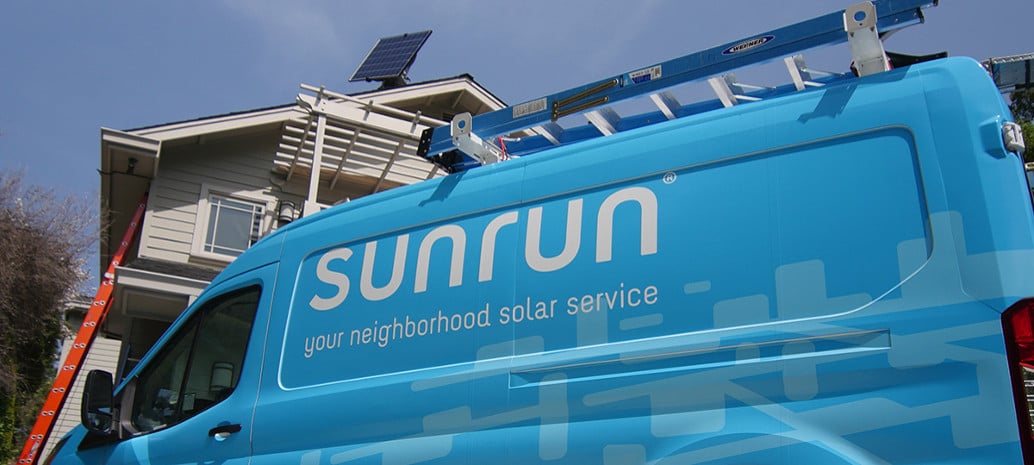For years, Sunrun has described itself as the “largest dedicated residential solar installer in the United States”. This crafty use of wording was only technically accurate given that SolarCity and later Tesla installed commercial and industrial solar as well as residential solar, but did not mean that Sunrun had a larger residential market share.
However, as of Sunrun’s Q4 2017 results CEO Lynn Jurich has dropped the “dedicated”. The company deployed 85 MW of residential solar through its own installers and a network of companies that utilize its solar leases. And while Tesla deployed 87 MW, this covered both residential and commercial and industrial (C&I) installations.
No one appears to be exactly sure what Tesla’s split was between residential and C&I, but GTM Research is estimating that Tesla deployed no more than 50 MW of residential solar. But if Tesla deployed even a mere 2 MW of C&I, that would give Sunrun a larger residential market share.
Sunrun has been steadily growing while the company formerly known as SolarCity’s solar deployments have contracted following the acquisition by Tesla. Under Tesla the company has taken a rapid shift in emphasis towards profitability instead of expansion, along with a radically different approach to sales.
Leases
But it has not only been Tesla/SolarCity. Following the failed acquisition by SunEdison and under new management, Vivint Solar has also cut back on deployments, while both Tesla and Vivint have moved away from the third-party model towards the short-term profit of cash sales.
This leaves Sunrun as the standard bearer for the third-party solar model, which accounted for 87% of the solar the company deployed during Q4. During the quarter Sunrun’s leases grew to 1.07 GW, representing $3.3 billion dollars on its balance sheet.
And while this high portion of third-party sales inevitably translates into quarterly losses, Sunrun has been making modest gains in this regard. The company saw a loss of only $68 million in Q4, 18% less than a year ago, against $146 million in revenue – up 21%.
Part of this gain may be due to cost reductions. The company’s creation cost across both installers who use its leases and its own installations fell to $3.30 per watt during Q4, and the cost of its own installations is $0.76 per watt less.
Value
The actual value that Sunrun’s leased PV systems represent and that Sunrun can expect to derive from them is the subject of numerous metrics which have different names and are calculated differently by each third-party solar company, which doubtless presents a challenge for investors seeking to compare value.
Sunrun claims a “net present value” of $1.22 per watt for systems deployed during Q4, and across its fleet of 1.07 GW of solar the company claims “net earning assets” of $1.2 billion – its figure that represents the payments it expects to receive minus the cost of financing.
Sunrun is also not having any problems with cash, of which the company exited the fourth quarter with a healthy $203 million.
The company’s bookings fell to only 82 MW during the quarter. Sunrun expects to deploy only 67 MW during Q1, down slightly from last year, but also expects a 15% growth in deployment over the full year 2018.
This content is protected by copyright and may not be reused. If you want to cooperate with us and would like to reuse some of our content, please contact: editors@pv-magazine.com.









By submitting this form you agree to pv magazine using your data for the purposes of publishing your comment.
Your personal data will only be disclosed or otherwise transmitted to third parties for the purposes of spam filtering or if this is necessary for technical maintenance of the website. Any other transfer to third parties will not take place unless this is justified on the basis of applicable data protection regulations or if pv magazine is legally obliged to do so.
You may revoke this consent at any time with effect for the future, in which case your personal data will be deleted immediately. Otherwise, your data will be deleted if pv magazine has processed your request or the purpose of data storage is fulfilled.
Further information on data privacy can be found in our Data Protection Policy.